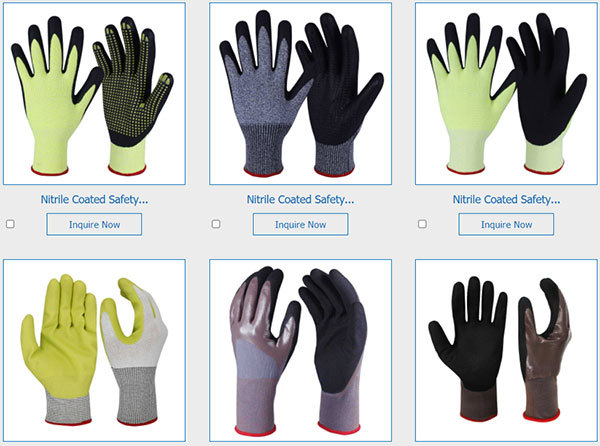Do you know the importance of colored rubber coated gloves?
Sep. 02, 2021
If you think that the invention of colored rubber-coated work gloves is only for aesthetic purposes, you are wrong. Many times, different workplaces have different color requirements for work gloves.

Generally, Workers in the construction industry prefer black or gray coated work gloves because the environment on construction sites is untidy. They need to be exposed to some cement or steel for a long time. Dark rubber-coated work gloves are more resistant to dirt.
For some production lines, white work gloves are generally required, because work gloves of other colors may cause confusion in the line of sight, thereby affecting work accuracy.
When working in the laboratory, colored rubber-coated work gloves are more useful. Assigning specific color gloves to each work area can minimize cross-contamination. Visual cues of different glove colors will help prevent potential errors in cross-contamination.
In the medical industry, many medical professionals even use two-color work gloves, so that they can be notified when the first layer of gloves is damaged. If the first layer of working gloves is torn or damaged, the contrast of the color of the bottom layer of gloves will be obvious.
The use of darker or brighter rubber-coated gloves in the foodservice industry is beneficial because workers will be able to easily see if the gloves are accidentally torn and fall into the food being prepared.















